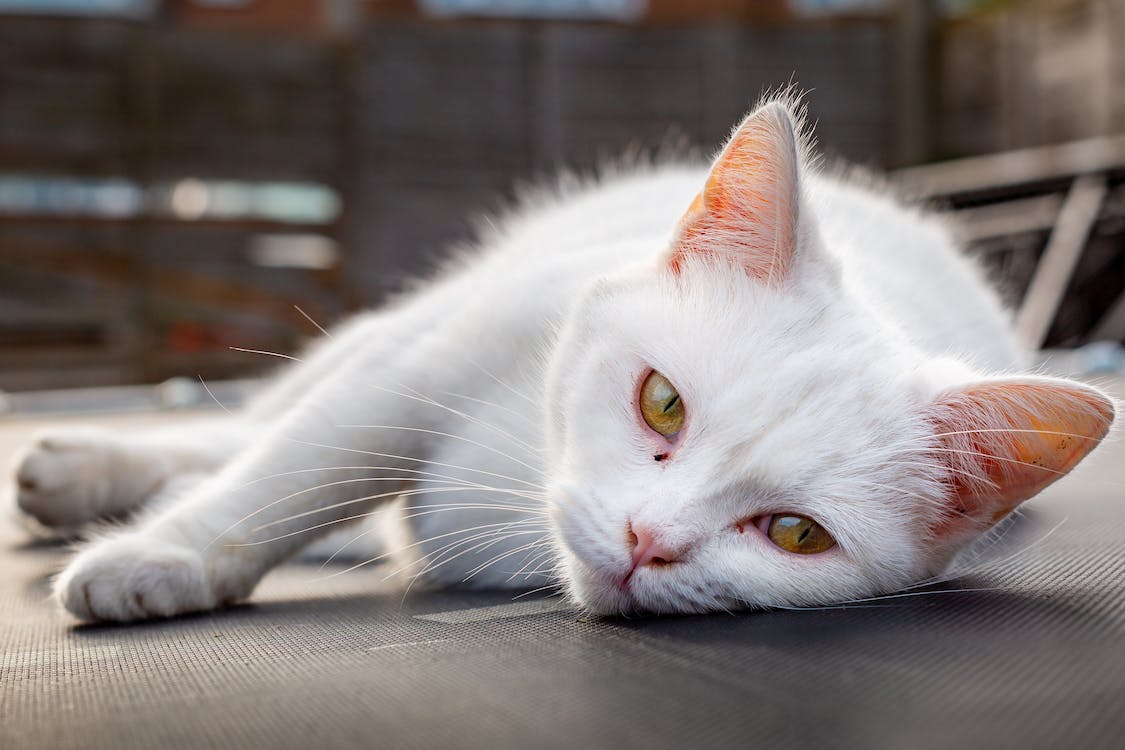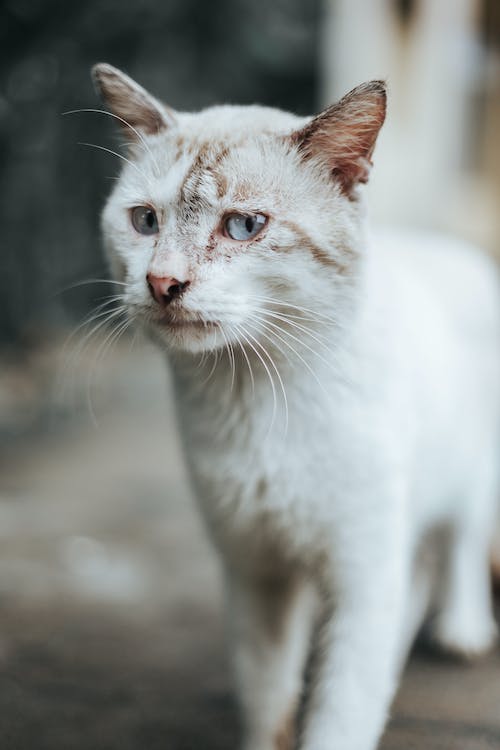Helping Your Sad Cat: Steps to Brighten Their Spirits
Cats are known for their independence, but they are also sensitive creatures that can experience moments of sadness and depression. If you’ve noticed changes in your cat’s behavior and suspect they might be feeling down, it’s essential to take action quickly to prevent the sadness from becoming chronic. In this guide, we’ll provide you with tips on how to recognize signs of a sad cat and how to lift their spirits.
Step 1: Watch for Changes in Your Cat’s Behavior
When your cat exhibits unusual behaviors despite appearing physically healthy, it’s time to consider if they are experiencing sadness. Identifying these symptoms might not be easy, as they can overlap with other health issues. However, keep an eye out for the following signs:
- Lack of energy
- Loss of appetite
- Neglecting cleanliness
- Excessive licking or scratching
- Prostration
- Aggressiveness
Step 2: Find the Cause of Your Cat’s Sadness
Cats are creatures of habit, and even minor changes can greatly impact their emotional well-being. To understand why your cat is feeling sad, take a closer look at recent events that might have triggered their distress:
- A move to a different environment, especially from an open space to a closed one
- Rearrangement or replacement of furniture
- Introduction of a new animal in your home or neighborhood
- Experiencing the loss of a companion or separation
- Changes in their litter or food
- Extreme weather conditions
Step 3: Discuss Your Unhappy Cat with Your Vet

If you suspect that your cat is depressed, don’t hesitate to seek professional advice from your veterinarian. They can help you identify the best course of action to address your feline friend’s sadness:
Depending on the severity of the depression, the vet might prescribe psychotropic medication to help improve your cat’s mood.
If appropriate, they might recommend spaying or neutering your cat, which can have positive effects on their overall behavior and emotional well-being.
Step 4: Do Your Best to Cheer Your Cat Up
While medical solutions can be helpful, there are other ways you can support your sad cat and improve their emotional state:
- Revert any changes that may have triggered their sadness, such as going back to their old litter box or changing their food.
- If your cat is confined to an apartment, provide new sources of stimulation, such as a cat tree, toys, or food given in small quantities throughout the day.
- Be present and spend quality time with your cat, engaging them in play and activities to lift their spirits.
Step 5: Patience and Persistence are Key
Dealing with a sad cat requires patience and persistence. Remember, it may take time for your feline companion to fully recover from their emotional low. Continue to provide love and support, and be observant of any progress or setbacks.
Recognizing and addressing your cat’s sadness is crucial for their well-being and happiness. By closely observing changes in their behavior, identifying potential triggers, and seeking advice from a veterinarian, you can better understand and support your cat through their tough times. With your love, patience, and commitment, you can help your feline friend overcome their sadness and enjoy a happier and healthier life. Remember, the bond between you and your cat is a powerful force that can help them overcome any emotional challenges they may face. Your dedication as a cat parent will undoubtedly make a significant difference in their overall well-being and quality of life, leading to a stronger and more loving relationship between you and your furry companion.
Hope you like this article. Remember to jot down a few words in the comments below and bookmark our blog for more informative articles on cats.
